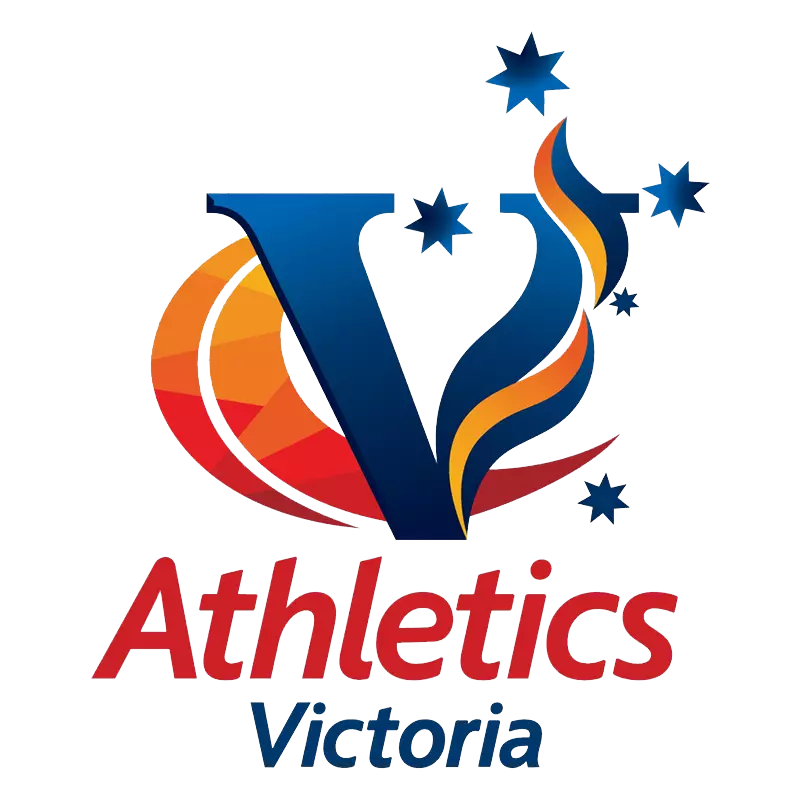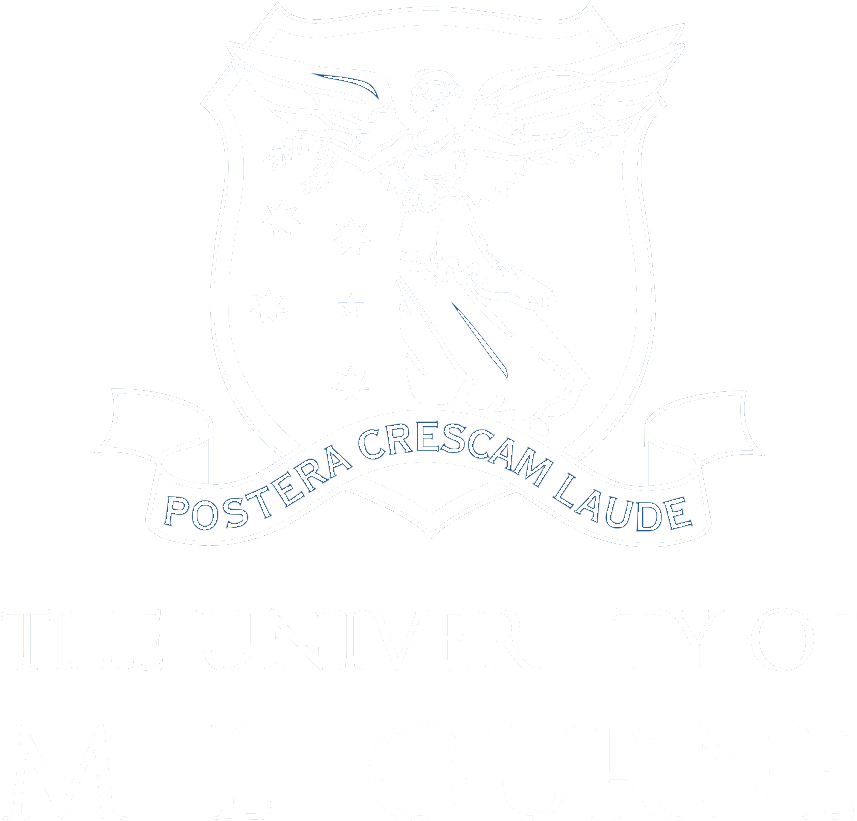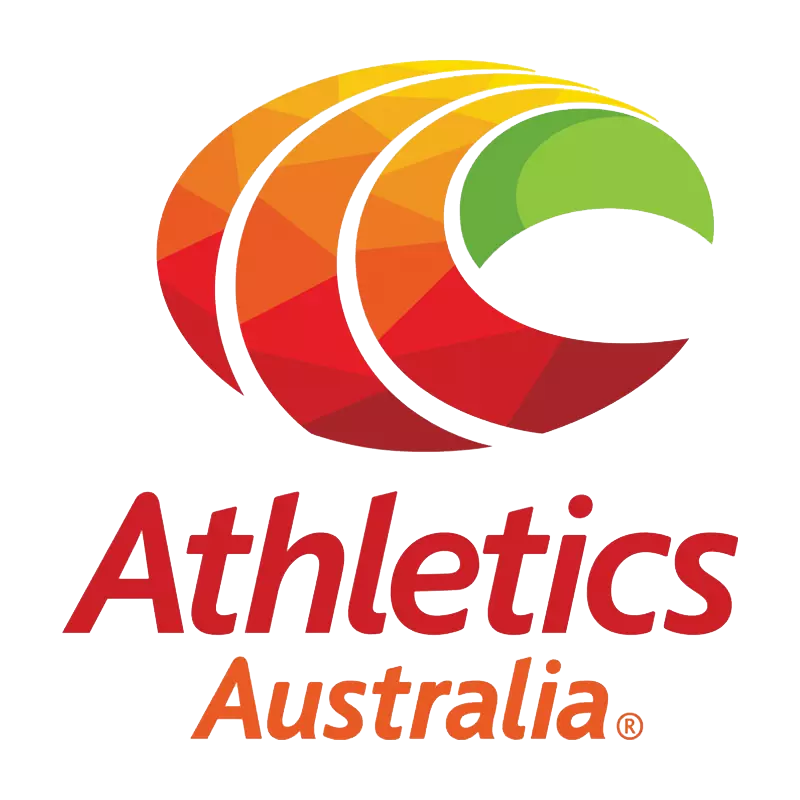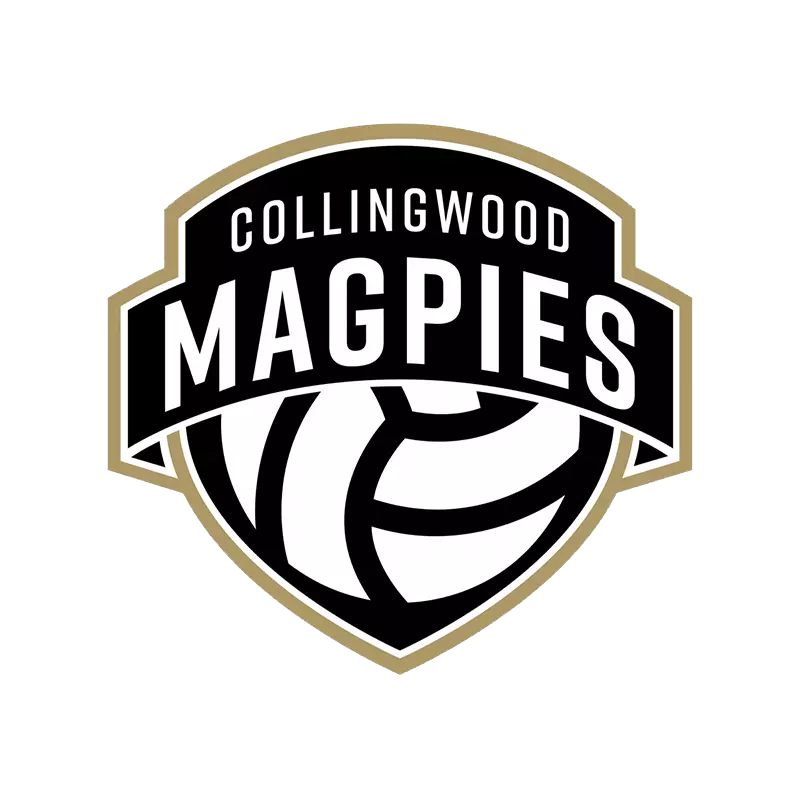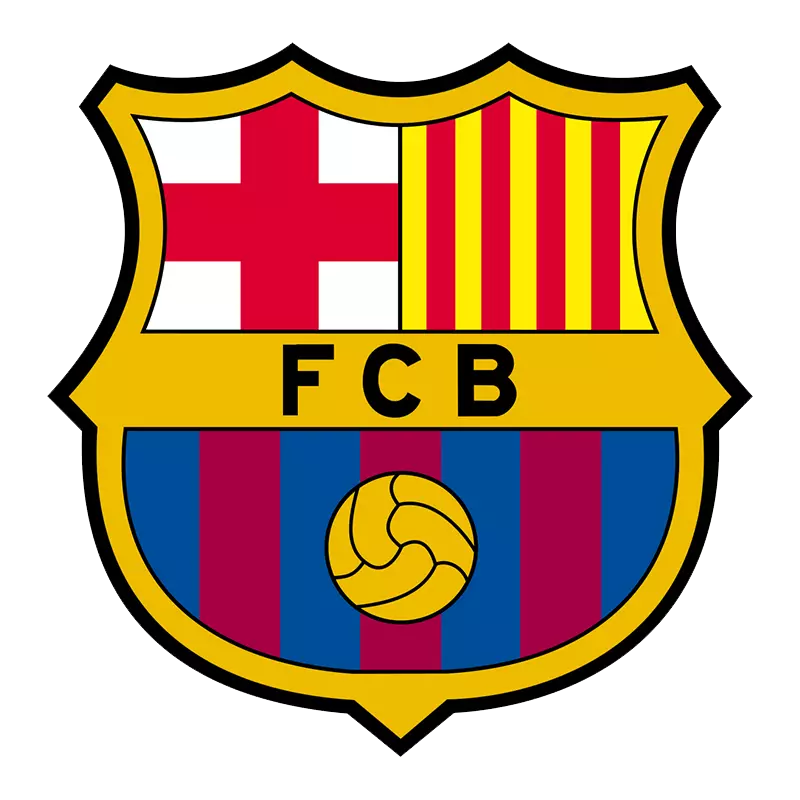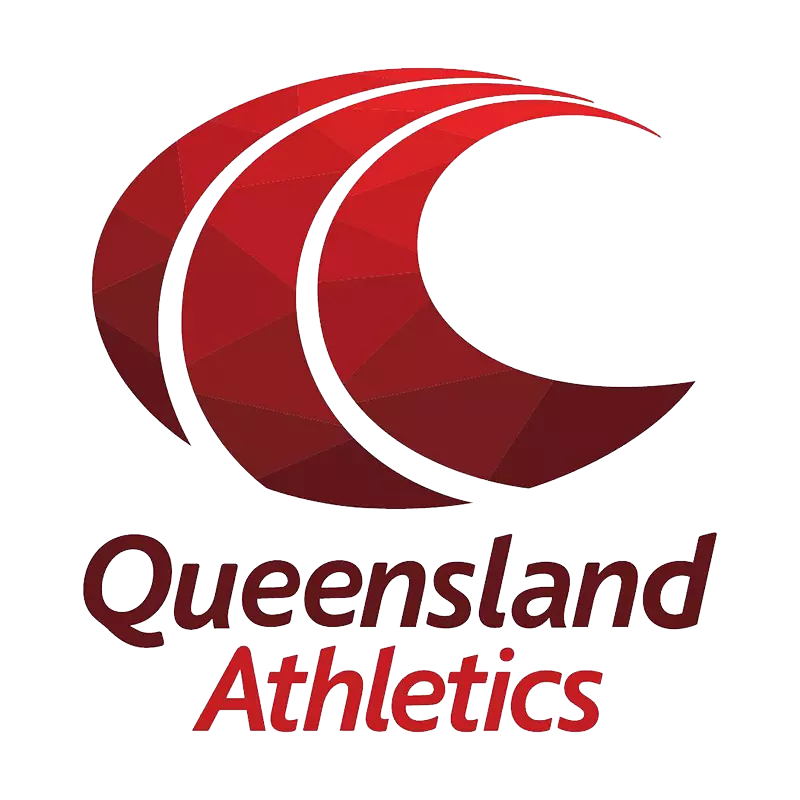How do I know if I have torn my hamstring?
Hamstring injuries commonly occur when running at high speed. In the clinic, patients often report, “I was running fast and then all of a sudden there was a sensation in the back of my leg”.
Sometimes this sensation is described as:
Hamstring injuries can occur in movements and positions that cause a rapid change in muscle length. If the muscle tissue can’t withstand this length, then it may result in a strain or tear in the hamstring.
Not all hamstring injuries are running related. We have seen people who have overstretched their hamstring during a deadlift or have stood on an unstable surface causing their leg to jolt in a split position.
Frequently Asked Questions
Gone are the old school days of grade 1, 2 and 3 muscle injury classification. Research shows we can be far more specific when it comes to diagnosis, with anatomical structures linked to different recovery timeframes.
There are a number of muscle injury grading scales. At Melbourne CBD Physiotherapy and Sports Medicine we tend to use the British Athletics Muscle Classification system.
The BAMIC or BAC is a five-point system analysed from an MRI image that weighs and assesses the extent and site of the injury. With this systematic approach, we understand which anatomical structures in your hamstring are involved, and apply individualised interventions to help prevent recurrence.
Though a classification system can be useful for diagnosis, experienced sports physiotherapists know that hamstring injuries are multifactorial. Therefore, don’t be surprised if your physiotherapist hunts and addresses modifiable contributing factors at the same time. Our primary goals are to rehabilitate the existing hamstring injury, and then to minimise the risk of re-injury as much as possible. After all, the biggest risk factor for injury is previous injury!


Frequently Asked Questions
During your rehabilitation protocol we implement cutting edge rehabilitation technology to rehabilitate performance and measure your progress. This help everyone involved – patients, physios, coaches and parents – gain the confidence and understanding that:
If you have tried rehabilitating hamstring injuries in the past without the use of specific metrics, how do you really know you are ready to safely return?
Our consultants have extensive knowledge and experience when it comes to hamstring rehabilitation and prevention, so they can offer a hamstring screening assessment to determine your risk of injury, or progress to return to sport.
During a Hamstring Assessment consultation, our clinicians use a range of specialised equipment to help determine contributing factors around the injury. From here they construct an individualised plan to specifically target the contributing factors. Our team always liaise with the coaching, medical and support staff to optimise the rehabilitation process.
Our clinicians have consulted for many athletes across multiple sporting codes including Athletics Australia, Athletics Victoria, Athletics Queensland, AFL Victoria.
Sporting Hamstring Assessments differ from normal consultation fees due to the increased consultation time, equipment used and program.

Our team look forward to working with you to help achieve your goals
At Melbourne CBD Physiotherapy and Sports Medicine, we have running physio specialists and a state-of-the-art facility to diagnose any problems you have with running form or to treat a running injury and help you to prevent it in the future.
No injury is completely preventable, but there are a couple of ways that you can help to prevent getting injuries when you run:
Increase gradually: One of the most common causes of running injuries is just simply doing too much too soon. If you’ve never run in your life, try alternating running and walking for short periods. If you are an experienced runner, don’t increase your running speed or distance too quickly, but rather build up to it gradually.
Strengthen: It is so important that you have enough strength in the right areas to warrant a demanding task such as running. From the recreational to elite runners, we cannot stress how important strength training is, we have worked with some of the worlds best runners and cannot emphasize the importance of strengthening calves, hip flexors, hamstrings and posterior hip. With a strong base in these muscles from a power point of view you are over half way of being running pain and injury-free.
Fix your form: There is a much higher chance that you will hurt yourself running if you aren’t doing it Book yourself a running assessment and our experts will tell you where you are going wrong and provide a personalised plan on how to slowly improve your running form.
At Melbourne CBD Physiotherapy and Sports Medicine, we have running physio specialists and a state-of-the-art facility to diagnose any problems you have with running form or to treat a running injury and help you to prevent it in the future.
